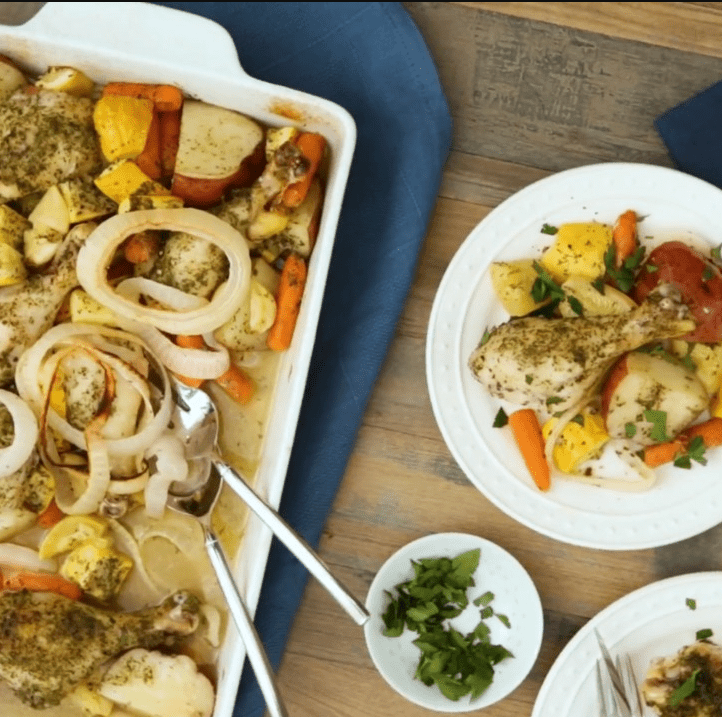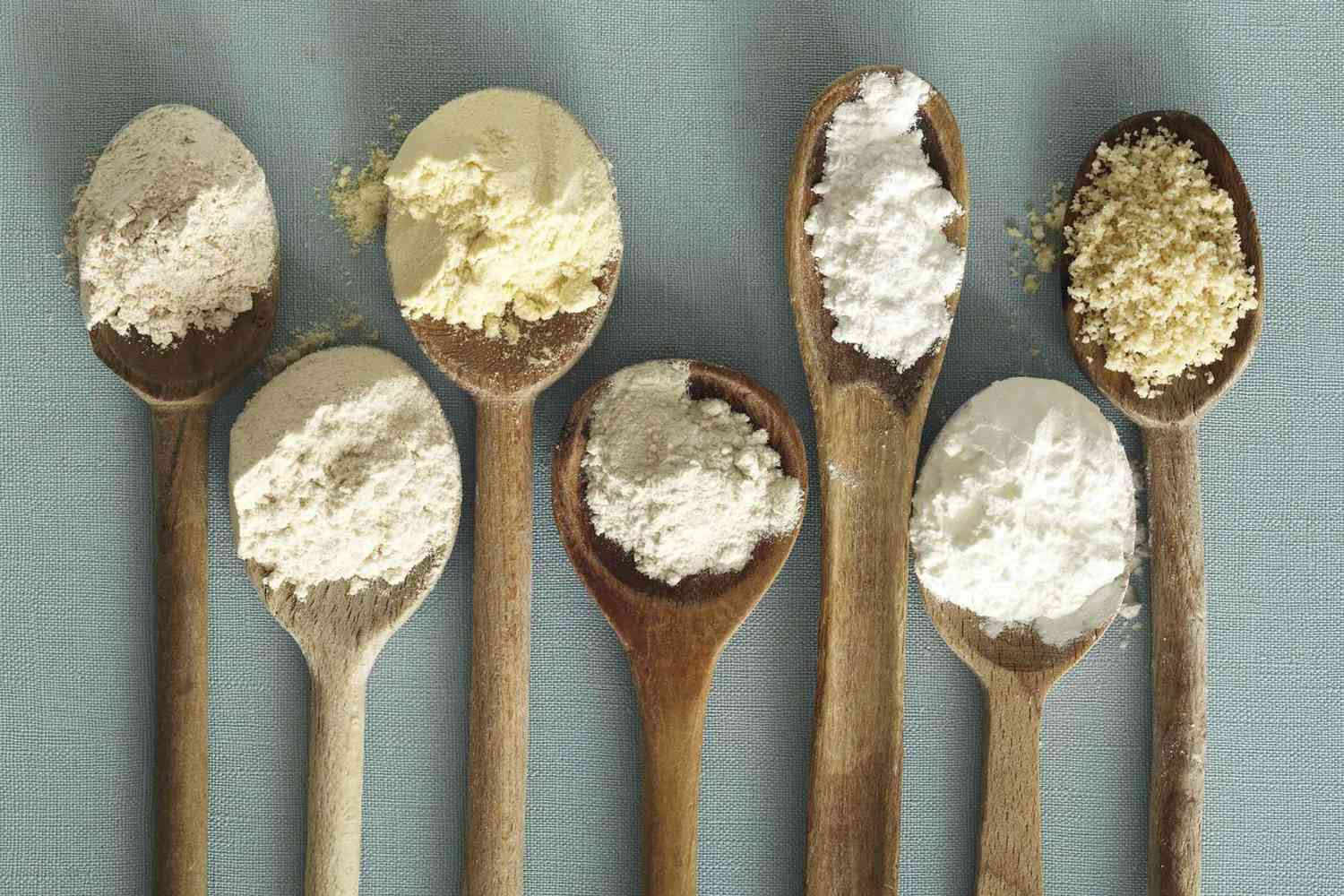Sumo Citrus—to know it is to love it. I have yet to meet someone who has tried a Sumo and not loved it. What’s not the love? Sumo mandarins—which are a hybrid of several different citrus fruits—are easy to peel, seedless, and best of all, super sweet. Like, the-best-citrus-you’ve-ever-had sweet. They’re also shockingly consistent. Even the best fruits have duds that aren’t sweet, or have lots of seeds, or are dried on the inside, but I have yet to get a Sumo that disappoints.
The only issue? These babies are not cheap. Sumo mandarins generally cost between $4-$6/pound, or about $3-4 a piece. And yet, I cannot help adding one or two in my cart when I see them at the store. Which left me wondering, what makes them so pricey, and yet so irresistible? It turns out the two factors are quite connected, actually. Here’s why.
Why Is Sumo Citrus So Expensive?
There is a lot of work that goes in behind the scenes to get these fruits in your grocery store. For one, they have been cultivated over decades—and I’m not exaggerating. This fruit is more than 30 years in the making.
The fruit originally hails from Japan, where it was cultivated by one grower who set out to grow the ideal citrus: seedless, sweet, fragrant, and easy to peel. This grower started that process in the 1970s, but the first seedlings were not transported from Japan to the U.S. until 1998.
Even then, Sumo trees’ finicky nature and high maintenance growing conditions made is so that the fruit was not commercially available until more than a decade later, in 2011. These days, only expert farmers in a specific area in California grow the fruit, with each Sumo tree taking 4 years to mature enough to even yield fruit. From there, they only yield fruit for a short season, from January through April.
And that’s just getting them to grow in the first place! Once the trees are mature enough to yield the fruit, they are hand-pruned to get the most sunlight, and therefore be the sweetest they can be. Once mature, the fruit has to pass very high standards of inspection for size and taste to even qualify as a Sumo!
What’s more, Sumo mandarins are very prone to bruising, so they must be hand-picked and packaged, and shipped in refrigerated trailers. Knowing how much work went into getting this citrus from seed to tree to fruit to grocery store, with the bulk of it done by family farms in California, certainly contextualizes the price tag.
However, even with the best intentions, they’re still outside some budgets. Luckily, I got an insider tip on how to find Sumos at a better price.
How To Buy Sumo Mandarins on a Budget
Now that the fruit has been in commercial production for a few years, farmers have the capacity to grow enough to support expansion into more and more groceries stores each year. This is probably why you may have seen them popping up at your Trader Joe’s, Target, Walmart, and even Sam’s Club.
Rather than being sold by the pound at these stores, they’re frequently sold in bulk, either in net bags or in cartons. These Sumos are likely to be slightly smaller than those sold individually, but buying them in this format will save you a buck (or a few!). Rather than paying around $4-5/lb you’re likely going to be paying $2-3/lb. That works out to around $1.15-$1.50 per Sumo, versus the typical $3 or even $4 each.
Is it still pricey? Sure. Is Sumo Citrus worth it? To me, absolutely. In these dreary winter months, there’s very little domestic produce available, especially on the East Coast. These mandarins are like a little taste of sunshine on a gloomy, snowy day. Plus, knowing that my money goes to supporting family farms and experts that have spent years cultivating the fruit is pretty sweet, too.




